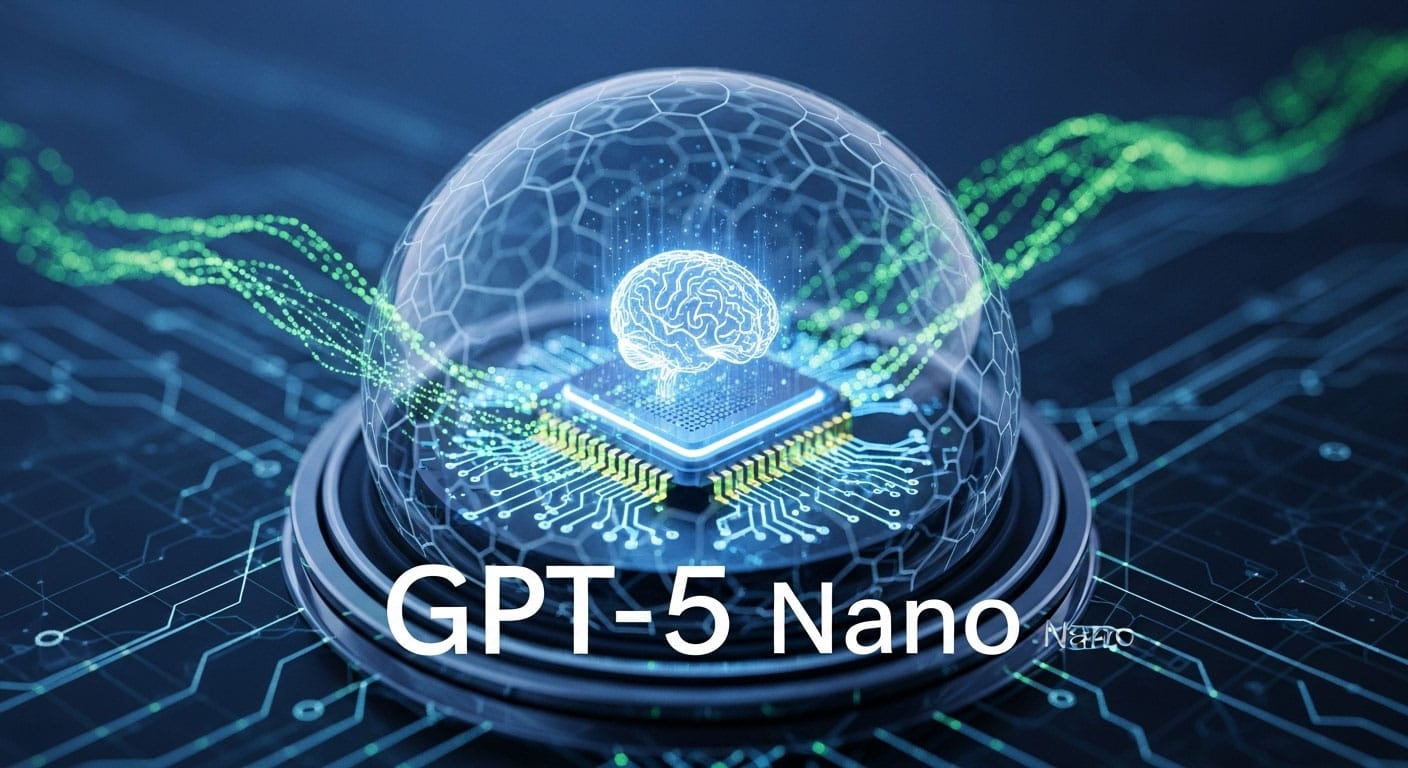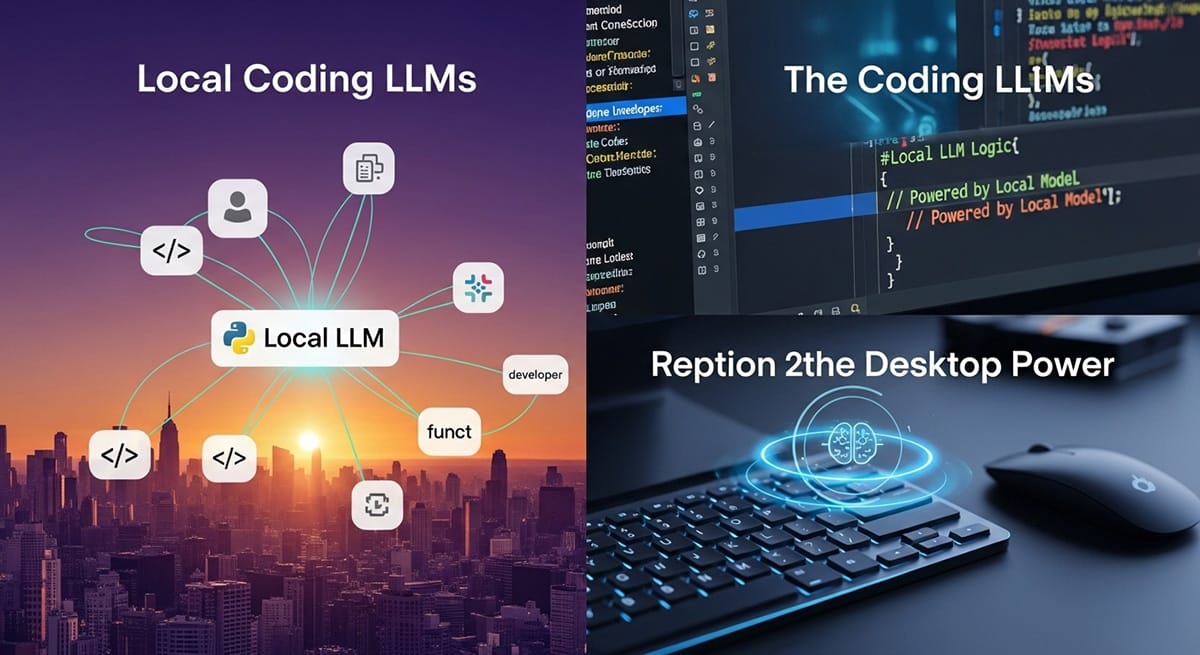GPT-5 Nano Uncovered: A Deep Dive into Features, API, and Performance
A recent preview of OpenAI’s GPT-5 model family has provided a first look into its next generation of language models, including the highly anticipated GPT-5 Nano. While the full GPT-5 model exudes a new level of competence, the smaller ‘Nano’ variant presents a unique set of capabilities and opportunities, especially for developers. This article offers a comprehensive overview based on initial research about GPT-5 Nano, detailing its features, characteristics, and API usage potential.
The GPT-5 Family: A Unified System
Before focusing on Nano, it’s essential to understand its place within the broader GPT-5 architecture. The core GPT-5 system is designed as a hybrid model that intelligently routes user queries. It consists of:
- A smart and fast model for most questions.
- A deeper reasoning model for more complex problems.
- A real-time router that selects the appropriate model based on the query’s complexity and intent.
For API users, this system is simplified into three distinct models: GPT-5 (regular), GPT-5 Mini, and GPT-5 Nano. Each of these can be run at four different reasoning levels: minimal, low, medium, or high.
GPT-5 Nano: Core Features and Characteristics
GPT-5 Nano is positioned as the successor to GPT-4.1-nano, designed for efficiency and speed. Here are its key specifications based on the initial model card:
- Model Name:
gpt-5-thinking-nano - Token Limits: It shares the family’s 272,000 input token limit and 128,000 output token limit (which includes invisible reasoning tokens).
- Modalities: Supports text and image inputs, but output is limited to text only.
- Knowledge Cut-off: The training data for GPT-5 Nano is current up to May 30th, 2024, which is earlier than the main GPT-5 model’s cutoff of September 30th, 2024.
Advantages and Opportunities for API Usage
One of the most compelling aspects of GPT-5 Nano is its aggressively competitive pricing, which opens up significant opportunities for developers. This pricing strategy makes it a standout choice for high-volume, low-complexity tasks.
Aggressive Pricing Structure
The cost-effectiveness of GPT-5 Nano is a primary advantage. Here is a breakdown of its pricing compared to its larger siblings:
| Model | Input Price (per million tokens) | Output Price (per million tokens) |
|---|---|---|
| GPT-5 | $1.25 | $10.00 |
| GPT-5 Mini | $0.25 | $2.00 |
| GPT-5 Nano | $0.05 | $0.40 |
This pricing makes it dramatically cheaper than previous models and competitors, positioning it as an ideal solution for applications requiring rapid, scalable AI responses without the cost of a larger model. A deep dive into GPT-5 Nano’s characteristics and API opportunities clearly shows its potential for widespread adoption in chatbots, content moderation, and simple data extraction tasks.
Token Caching Discount: A Major Benefit
A significant advantage for API users is the 90% discount on input tokens that have been used within the last few minutes. This is particularly beneficial for chat applications where conversation history is re-sent with each new prompt, drastically reducing operational costs.
Potential Disadvantages and Limitations
While highly efficient, the model is not without its trade-offs. Understanding these limitations is crucial for successful implementation.
- Older Knowledge Base: Its May 2024 knowledge cut-off means it won’t be aware of more recent events compared to the flagship GPT-5 model.
- Reduced Reasoning Power: As the ‘Nano’ version, it is inherently less suited for tasks requiring deep, multi-step reasoning compared to the ‘Mini’ or ‘regular’ GPT-5 models.
- Text-Only Output: The model cannot generate images or audio, a capability reserved for other specialized models in the OpenAI family.
The Broader Endeavour: GPT-5 Nano’s Role in the Ecosystem
The introduction of the GPT-5 family signifies a strategic consolidation of OpenAI’s model lineup. The new models are intended to replace most of their predecessors. This table from the system card clarifies how the new models map to the previous ones:
| Previous Model | New GPT-5 Model |
|---|---|
| GPT-4o | gpt-5-main |
| GPT-4o-mini | gpt-5-main-mini |
| GPT-4.1-nano | gpt-5-thinking-nano |
This complete research on GPT-5 Nano and its features indicates its role as a foundational block for developers building next-generation applications. It provides a low-cost, high-efficiency entry point into the powerful GPT-5 ecosystem, allowing for a tiered approach where tasks can be routed to the most cost-effective model, fulfilling the wider endeavour of making powerful AI accessible for a variety of use cases.











